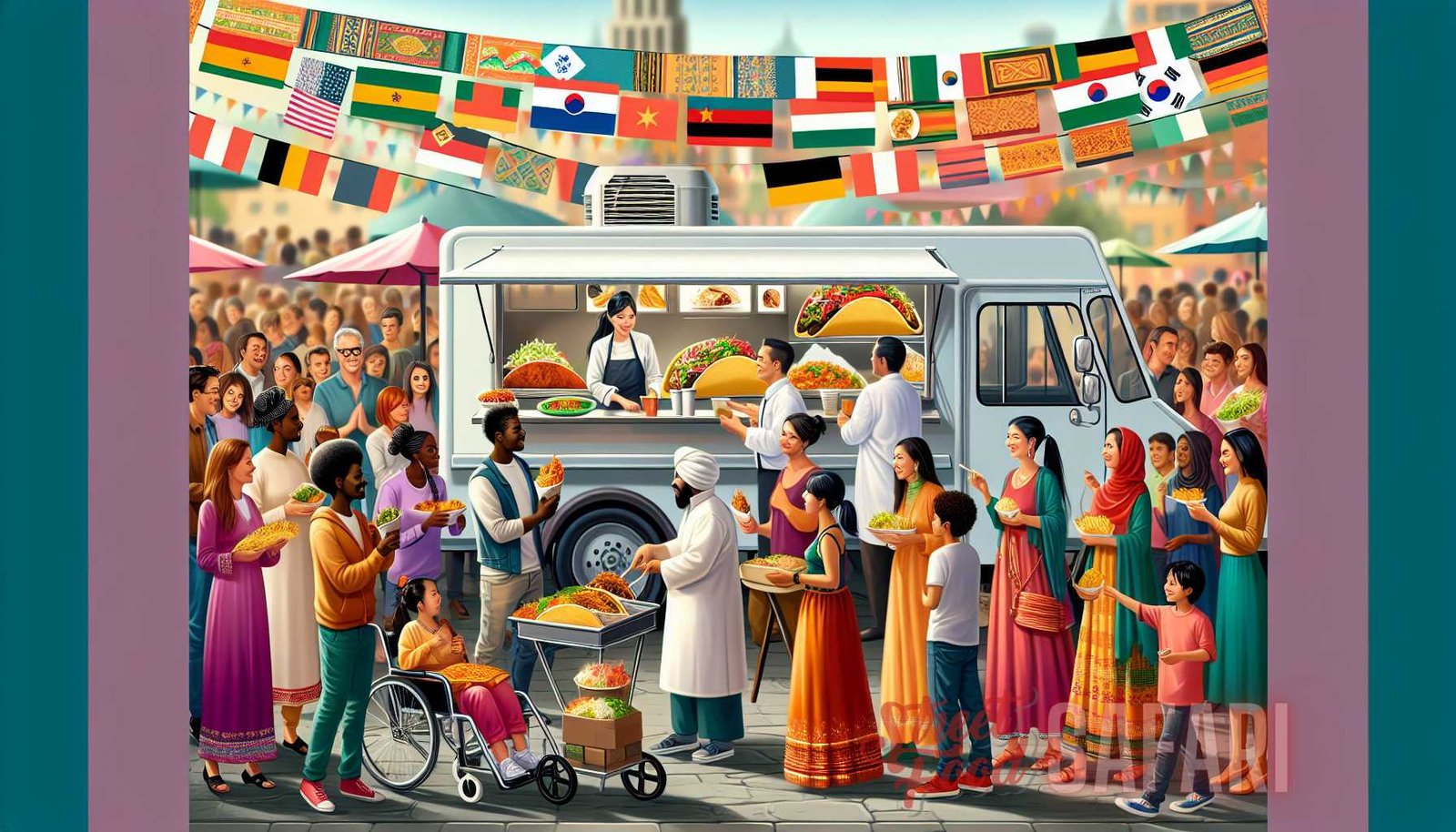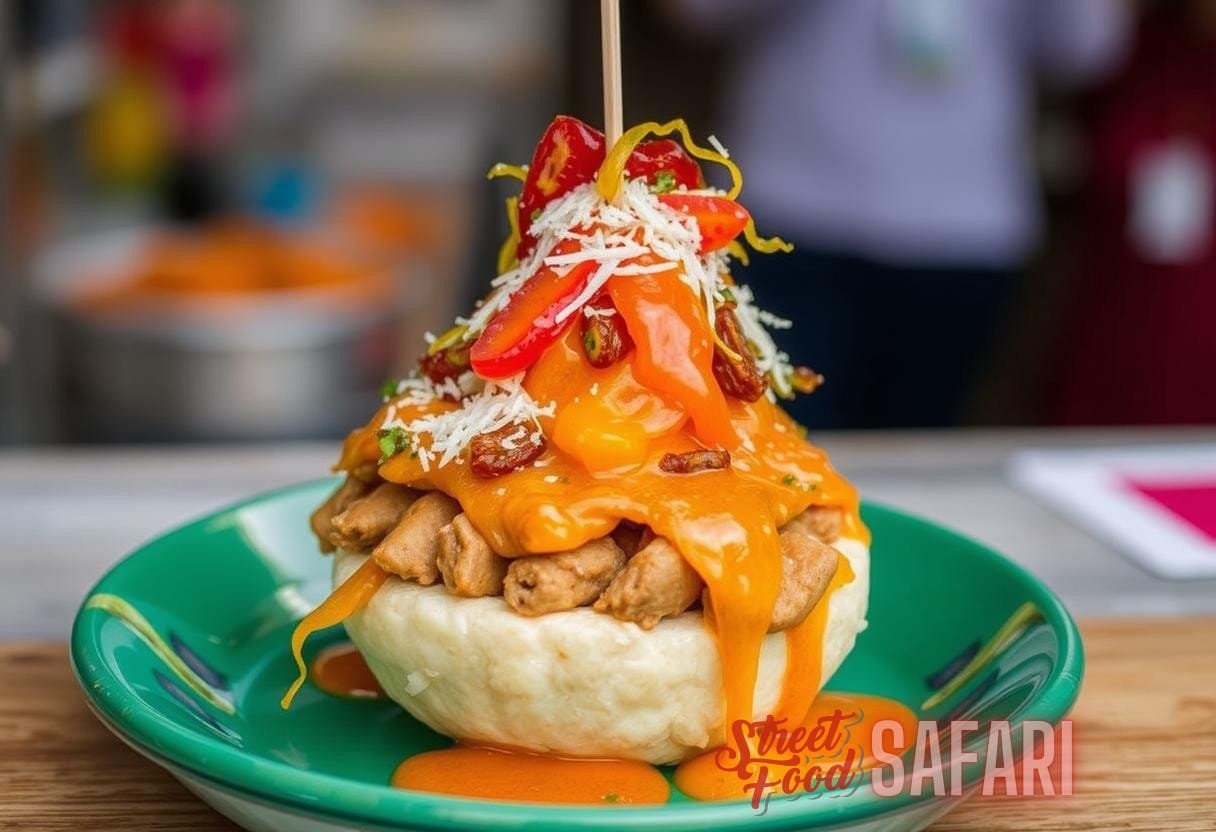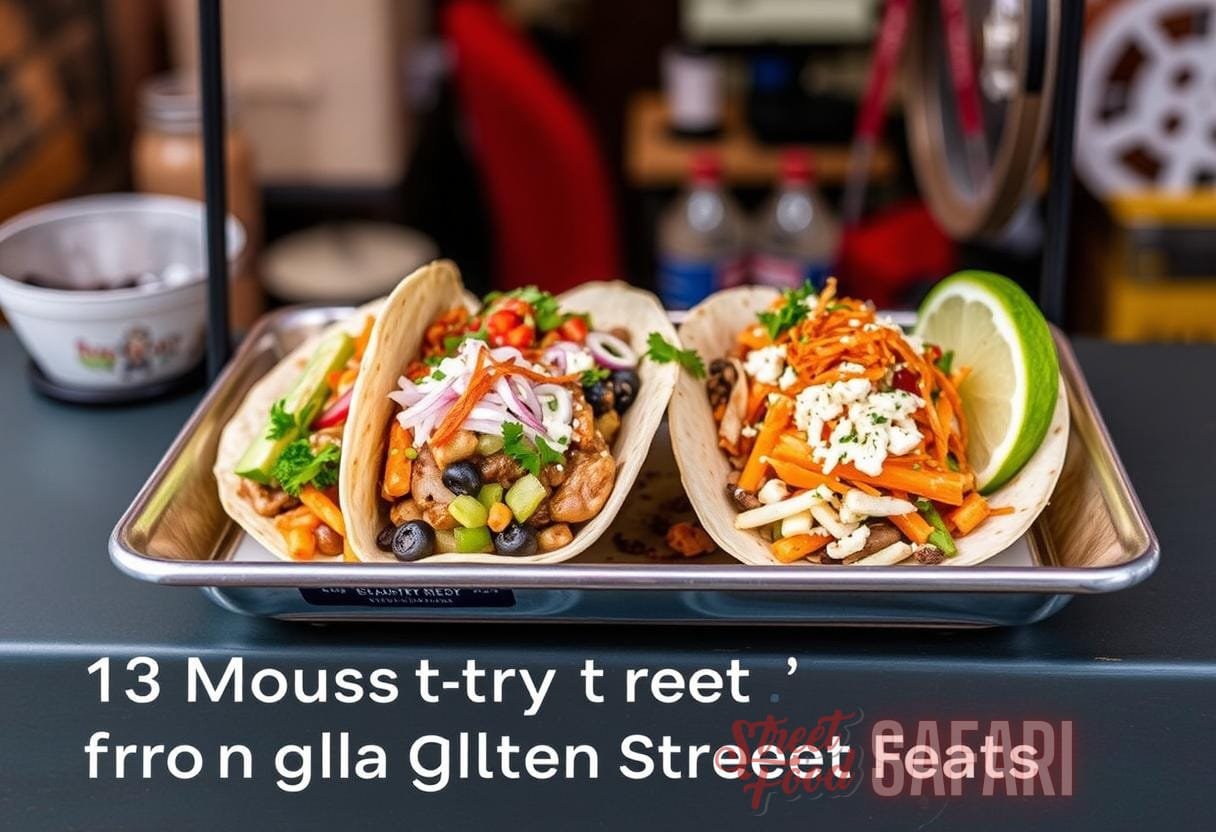Unleashing the Hidden Stories: Unveiling the Intriguing Origins and Cultural Significance of Street Food Delights
Street food has long been an integral part of cultures around the world, offering people a taste of local flavors in a convenient and affordable way. From delicious snacks to full meals, street food delights not only satisfy hunger but also tell captivating stories about the history, traditions, and culture of a place. In this article, we will delve into the origins and cultural significance of street food delights, uncovering the hidden stories behind these culinary creations that have been passed down through generations.
The Origins of Street Food
Street food has a rich and diverse history, dating back centuries. In ancient times, street vendors played a crucial role in providing sustenance to travelers, traders, and laborers. From Roman bakeries serving hot bread to the noodle stalls of ancient China, street food has always been a vital part of daily life. Over time, different regions developed their own unique street food culture, influenced by factors such as local ingredients, historical events, and migration patterns. Let’s explore some of the fascinating origins of street food delights from around the world:
1. Tacos – Mexico
Mexico is renowned for its flavorful and vibrant cuisine, and tacos are no exception. The origins of the taco can be traced back to the indigenous cultures of Mesoamerica, where tortillas made from corn were popular. These corn tortillas were used as a vessel for various fillings, such as grilled meats, vegetables, and salsas. As Spanish explorers arrived in Mexico, they introduced new ingredients like beef, pork, and cheese, which further enriched the flavor profile of the taco. Today, tacos can be found in countless variations across Mexico and have become a beloved street food worldwide.
Read more about the science behind street eats.
2. Bánh mì – Vietnam
Bánh mì, a delicious Vietnamese sandwich, is a testament to the country’s unique culinary fusion. The origins of bánh mì can be traced back to the French colonization of Vietnam in the 19th century. The French introduced bread to Vietnam, which eventually became the base for the bánh mì. The sandwich typically consists of a baguette filled with various ingredients such as savory meats, pickled vegetables, and herbs. The combination of French influence and Vietnamese flavors creates a harmonious blend that has made bánh mì a popular street food delight both in Vietnam and around the world.
Learn more about the science behind street food and its impact on cultures.
3. Pav Bhaji – India
Pav Bhaji, a favorite street food in India, originated as a quick and inexpensive meal for workers in Mumbai. The dish consists of a thick vegetable curry (bhaji) made from mashed potatoes, tomatoes, peas, and a blend of spices, served with a soft bread roll (pav). In the mid-19th century, Mumbai became a bustling city with a large population of textile mill workers. Street vendors started selling pav bhaji as a convenient and filling meal for the workers. Over time, pav bhaji gained popularity, and today it is a beloved street food delight that can be found in various regions of India.
The Cultural Significance of Street Food
Street food delights not only satisfy taste buds but also hold great cultural significance. They showcase the culinary traditions, local ingredients, and historical influences of a region. Here are some ways street food delights contribute to cultural heritage:
1. Preservation of Historical Flavors

Street food delights often preserve ancient flavors and recipes that have been passed down through generations. These culinary traditions serve as a link to the past, providing a taste of history to modern-day eaters. The techniques and ingredients used in street food preparation may have remained unchanged for centuries, allowing people to connect with their ancestors through the flavors they consume.
2. Showcasing Local Ingredients
Street vendors often rely on locally sourced ingredients to create their delicious delights. This not only supports local farmers and producers but also showcases the unique flavors and produce of a particular region. From tropical fruits in Southeast Asia to exotic spices in the Middle East, street food delights reflect the abundance and diversity of local ingredients, offering a sensory journey for those who indulge.
3. Celebrating Culinary Diversity
Street food delights celebrate the diverse culinary traditions found within a country or region. As people migrate and settle in new places, they bring along their culinary heritage, which influences and enriches the local street food scene. From Mexican tacos to Indian chaat, street food delights provide a platform for immigrants to share their cultural flavors and create a sense of community in their new home.
The Impact of Street Food Delights on Local Economies
Street food has a significant impact on local economies, providing income and employment opportunities for countless individuals. Here are a few ways street food delights contribute to local economies:
1. Job Creation
Street food vendors, often small entrepreneurs, play a crucial role in creating employment opportunities. From the vendors themselves to the farmers who supply the ingredients and the craftsmen who create the food carts, street food supports a network of jobs that are vital for local communities. In some countries, street food culture has even become a major tourist attraction, further boosting the local economy.
2. Stimulating Small-Scale Agriculture
Street food delights rely on fresh and seasonal ingredients, supporting small-scale agriculture and local farmers. By sourcing their produce locally, street food vendors contribute to the sustainability of local farming practices while showcasing the unique flavors of the region. This symbiotic relationship helps to strengthen the local agricultural economy.
3. Promoting Tourism
Street food delights have become an integral part of the tourism experience in many destinations. Food-loving travelers often seek out local street food to fully immerse themselves in the culture and flavors of a place. This gastronomic tourism not only generates income for street food vendors but also supports other sectors of the tourism industry, such as accommodations, transportation, and attractions.
The Evolution of Street Food
Street food has come a long way from its humble origins and has evolved to meet the changing needs and tastes of consumers. As urbanization and globalization have influenced societies around the world, street food has adapted and diversified to cater to a wide range of preferences. Here are some notable trends and innovations in the world of street food:

1. Fusion Cuisine
The fusion of different culinary traditions has given rise to exciting new flavors and culinary creations. Street food vendors have embraced this trend, incorporating elements from different cuisines to create unique and delicious dishes. For example, the Korean taco, popularized by food trucks in the United States, combines Korean barbecue with Mexican tortillas, creating a delightful fusion of flavors.
2. Health-Conscious Offerings
With an increasing focus on health and wellness, street food vendors have started offering healthier options to cater to changing consumer preferences. From vegan and vegetarian dishes to gluten-free alternatives, street food delights now cater to a wide range of dietary needs. This evolution ensures that street food remains relevant and accessible to a diverse customer base.
3. Gourmet Street Food
While street food has traditionally been associated with simple and affordable fare, there has been a rise in gourmet street food offerings in recent years. Chefs and culinary entrepreneurs have elevated street food to new levels, using high-quality ingredients and innovative cooking techniques. Gourmet food trucks and pop-up stalls now offer a fine dining experience on the streets, providing a unique fusion of culinary traditions and modern gastronomy.
The Future of Street Food Delights
As street food continues to evolve and adapt, its future looks promising. Here are some trends and predictions for the future of street food delights:
1. Technology Integration
Technology is revolutionizing the way street food is prepared, marketed, and consumed. From online ordering platforms to mobile food delivery apps, technology is making street food more accessible and convenient for customers. Additionally, advanced cooking equipment and food storage solutions are enabling vendors to create even more diverse and innovative street food delights.
2. Sustainable Practices
In an era of increasing environmental awareness, sustainability is becoming a key focus for street food vendors. More vendors are embracing sustainable practices such as using biodegradable packaging, locally sourcing ingredients, and reducing food waste. These initiatives not only benefit the environment but also resonate with socially conscious consumers.
3. Cultural Exchange
The future of street food lies in fostering cultural exchange and celebrating diverse culinary traditions. As people become more curious about world cuisines, street food will continue to provide a platform for cultural exploration and discovery. Festivals and events that showcase street food from different cultures will become more prevalent, creating opportunities for vendors to share their unique delights with a global audience.
In conclusion, street food delights are not just tasty treats; they are windows into the history, culture, and traditions of a place. From the origins of iconic dishes to the cultural significance of street food, these delights are an integral part of the fabric of society. As the world evolves, street food will continue to thrive, adapting to changing tastes and preferences while preserving the rich culinary heritage of generations past.


